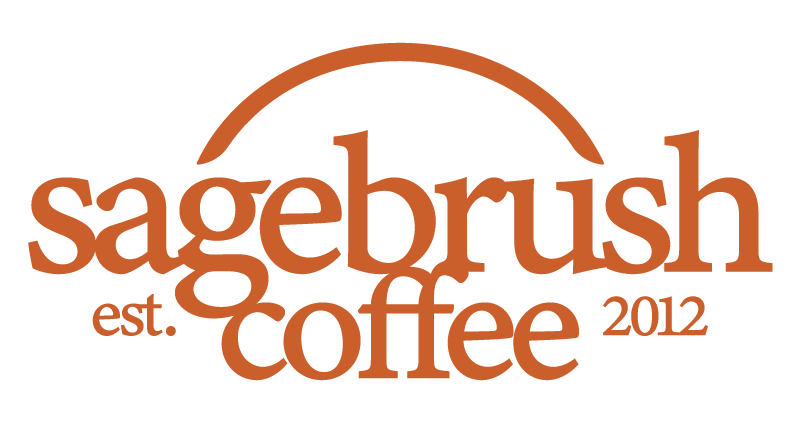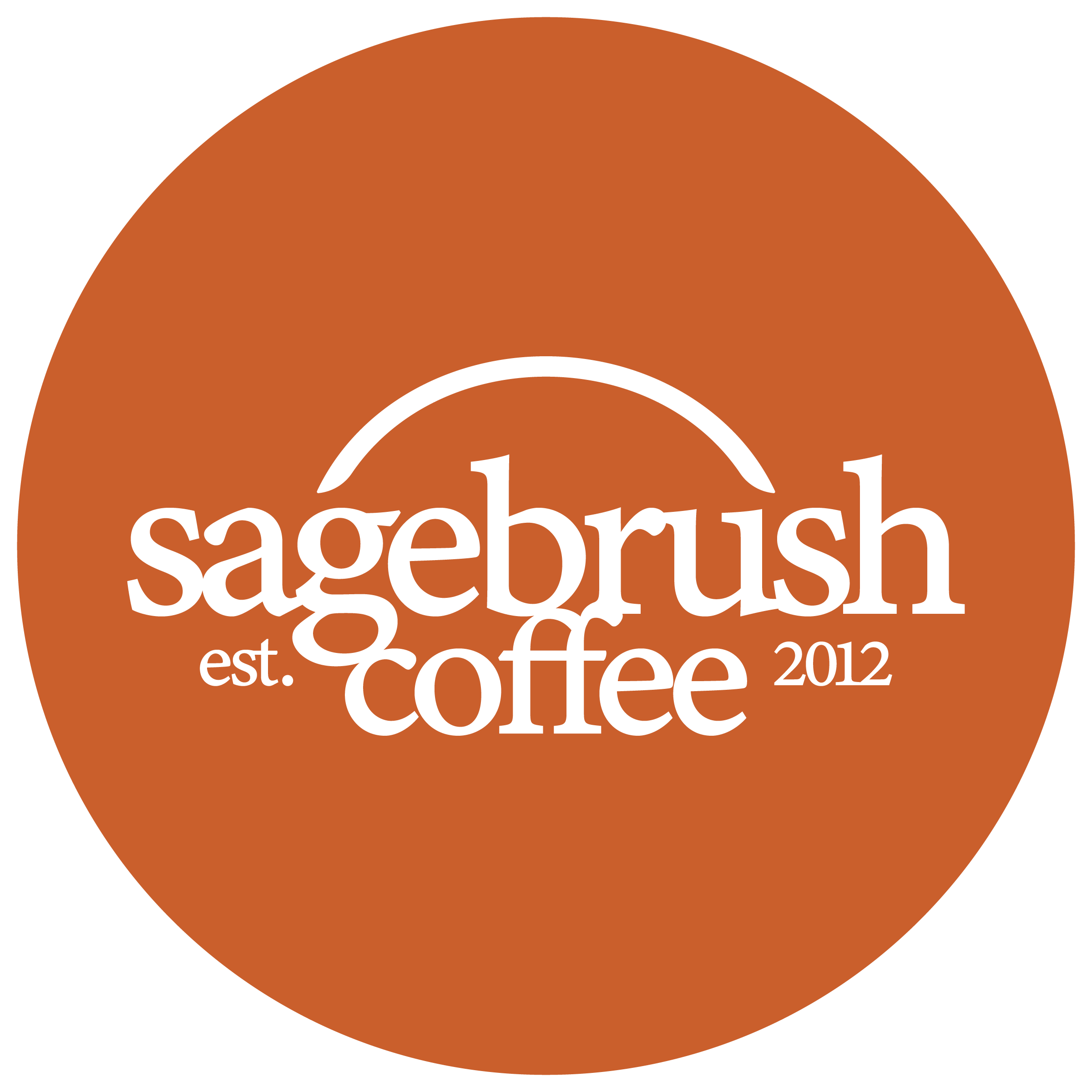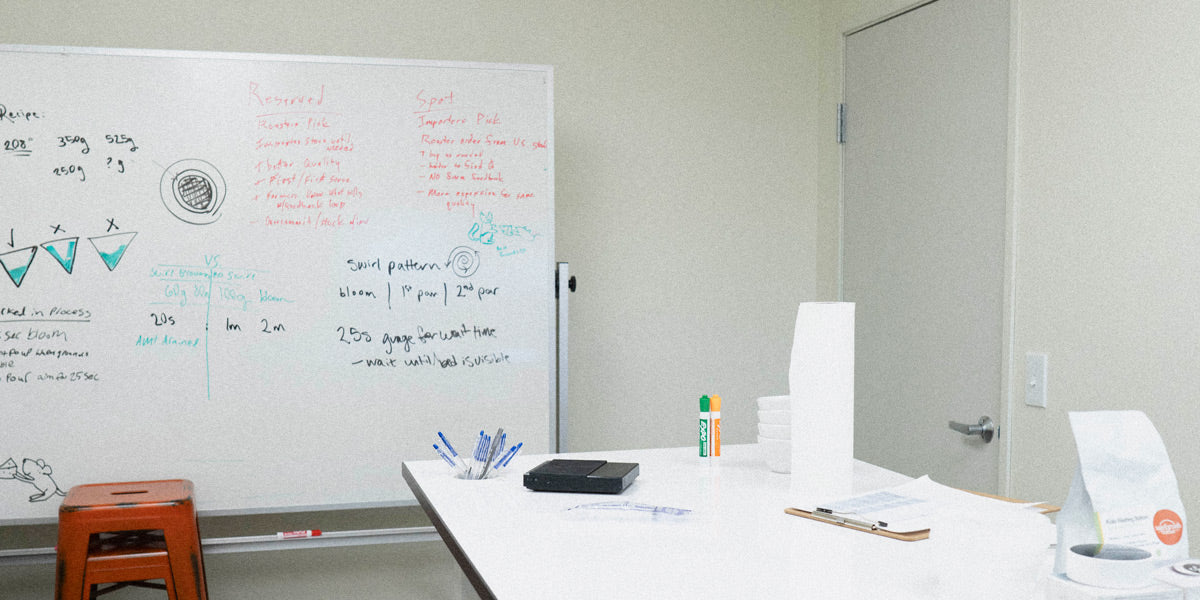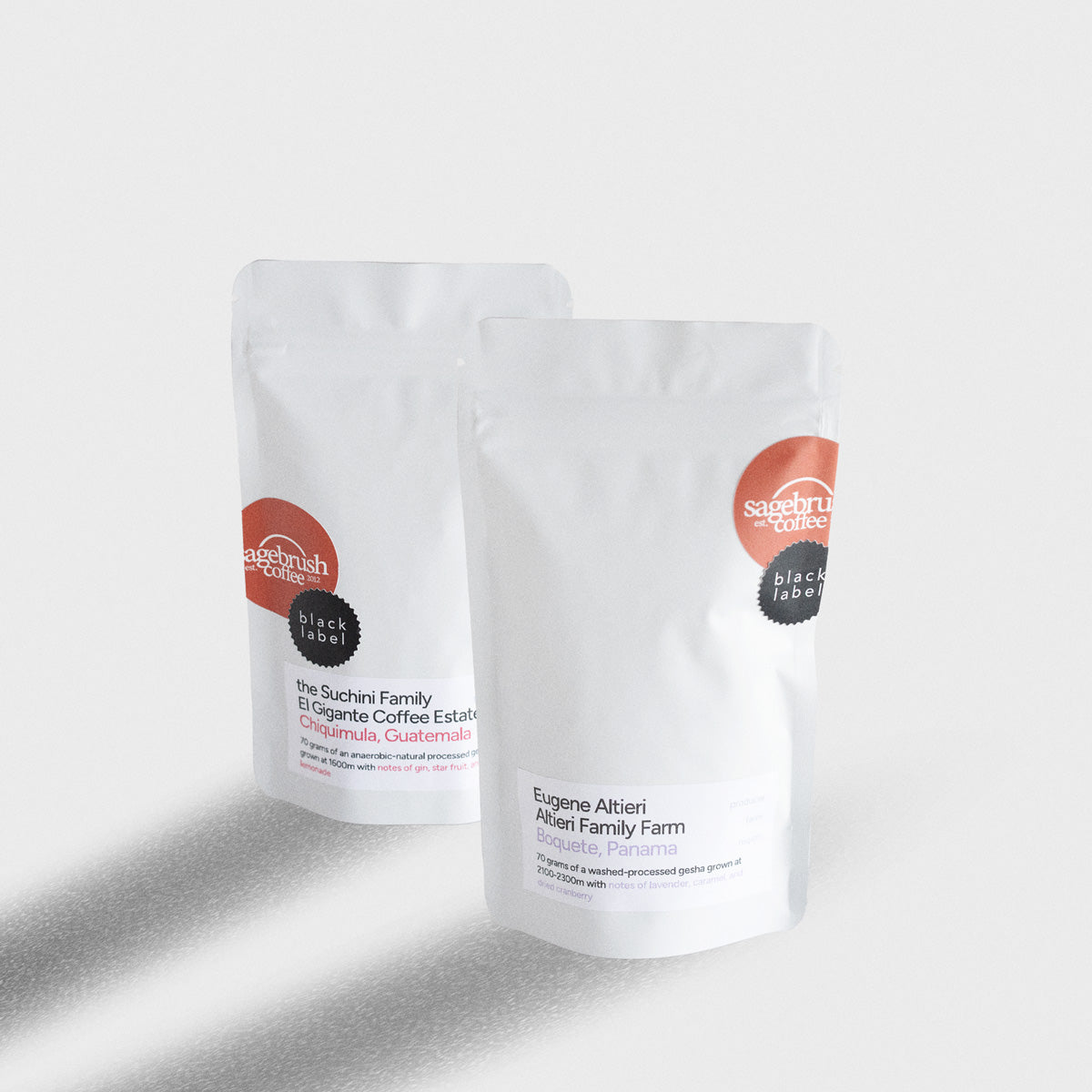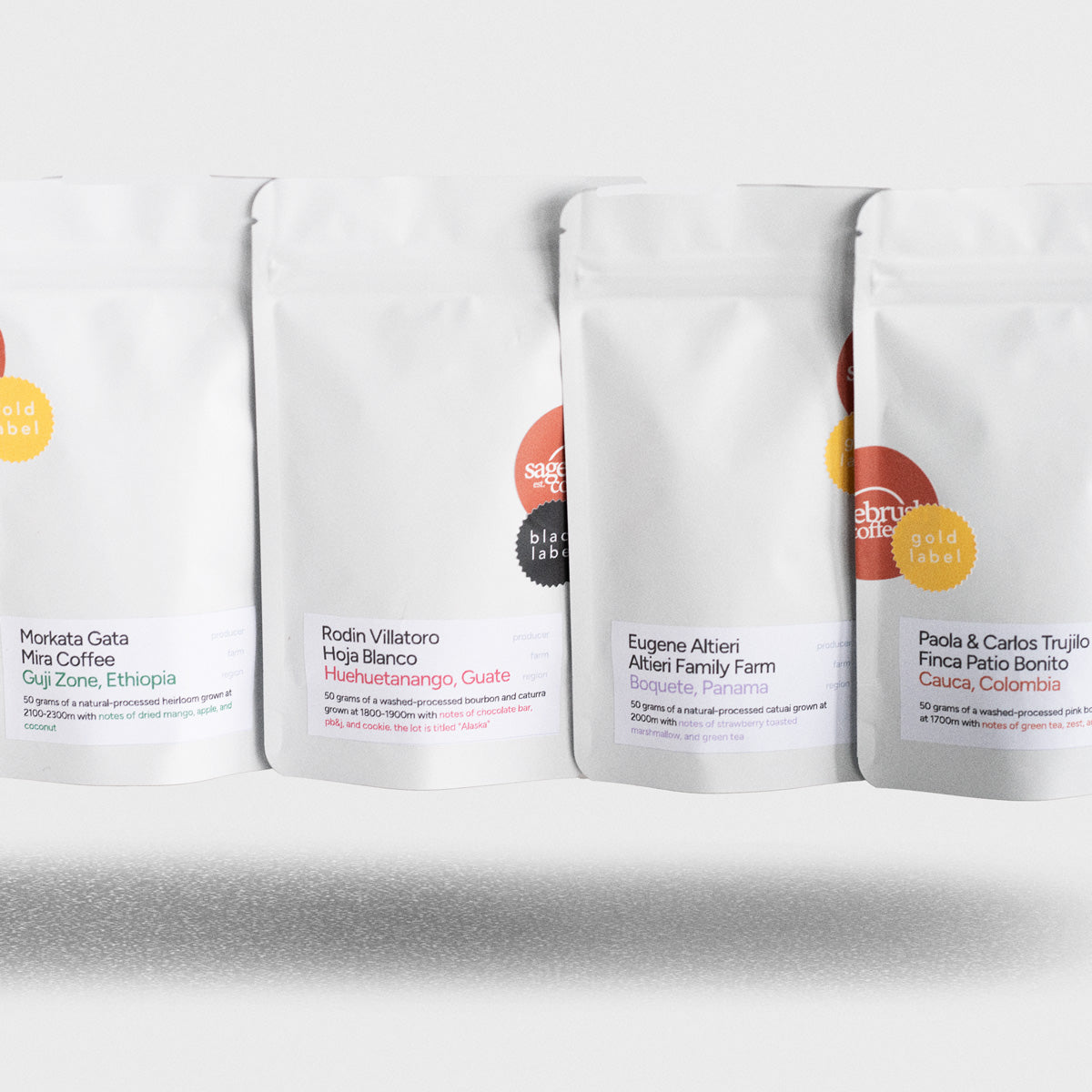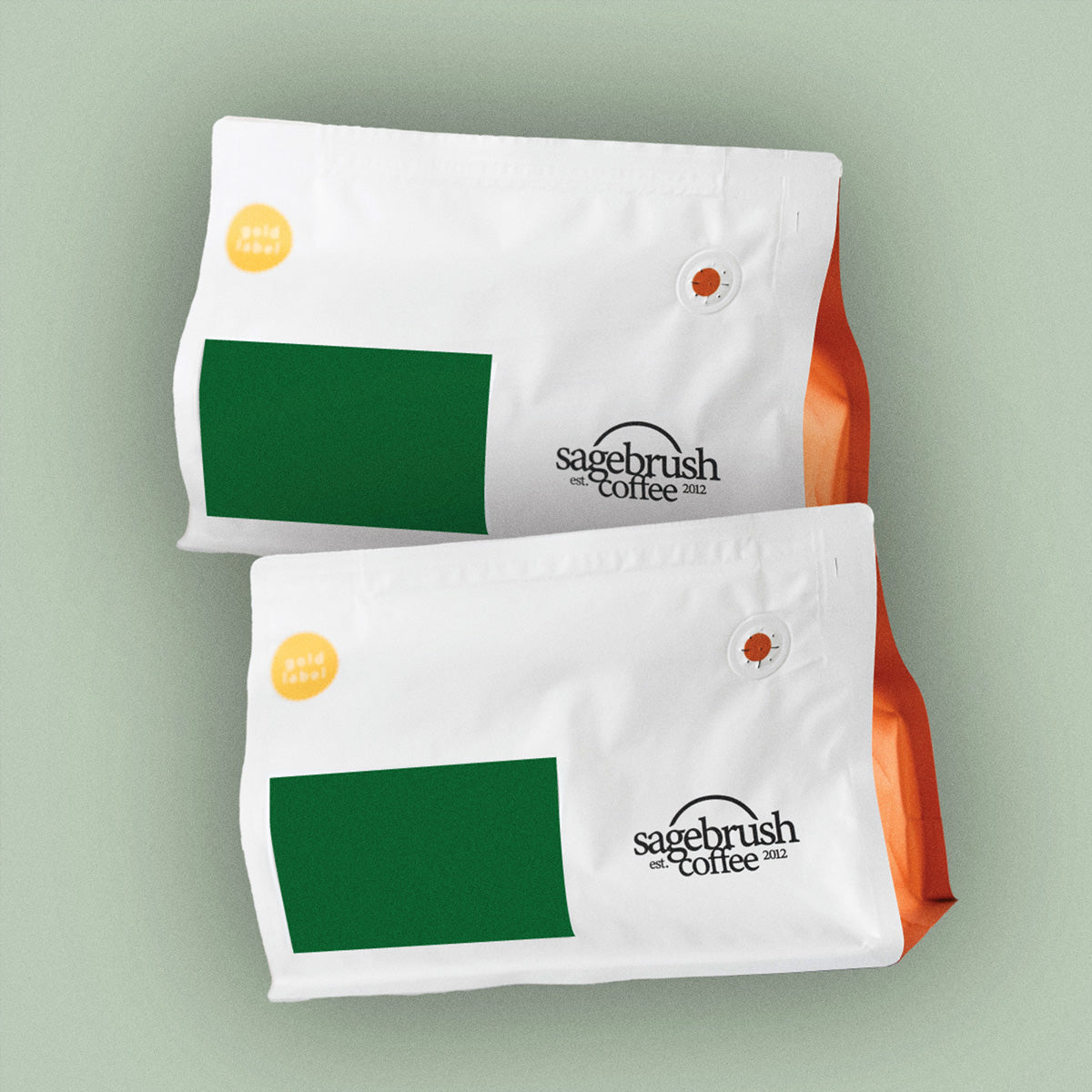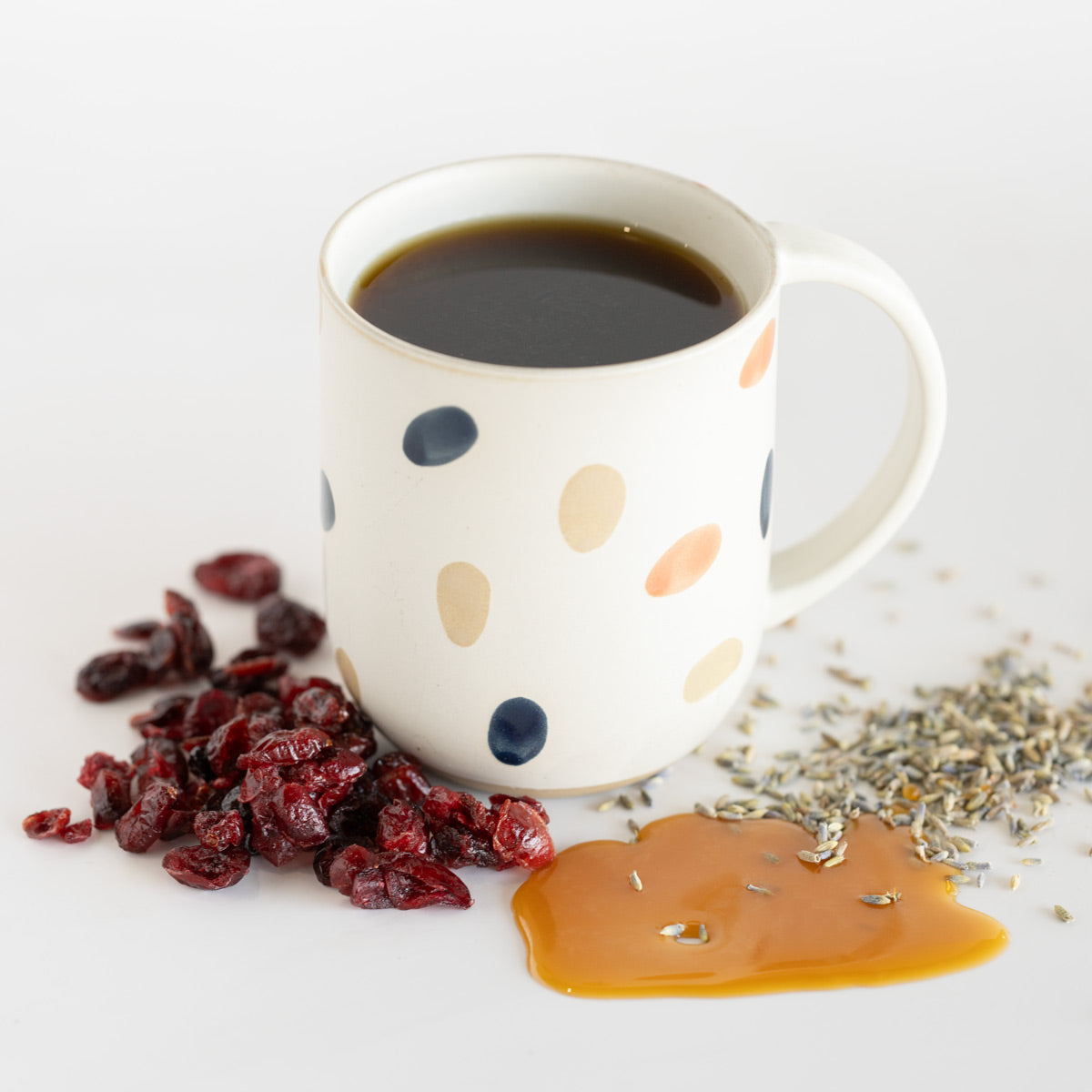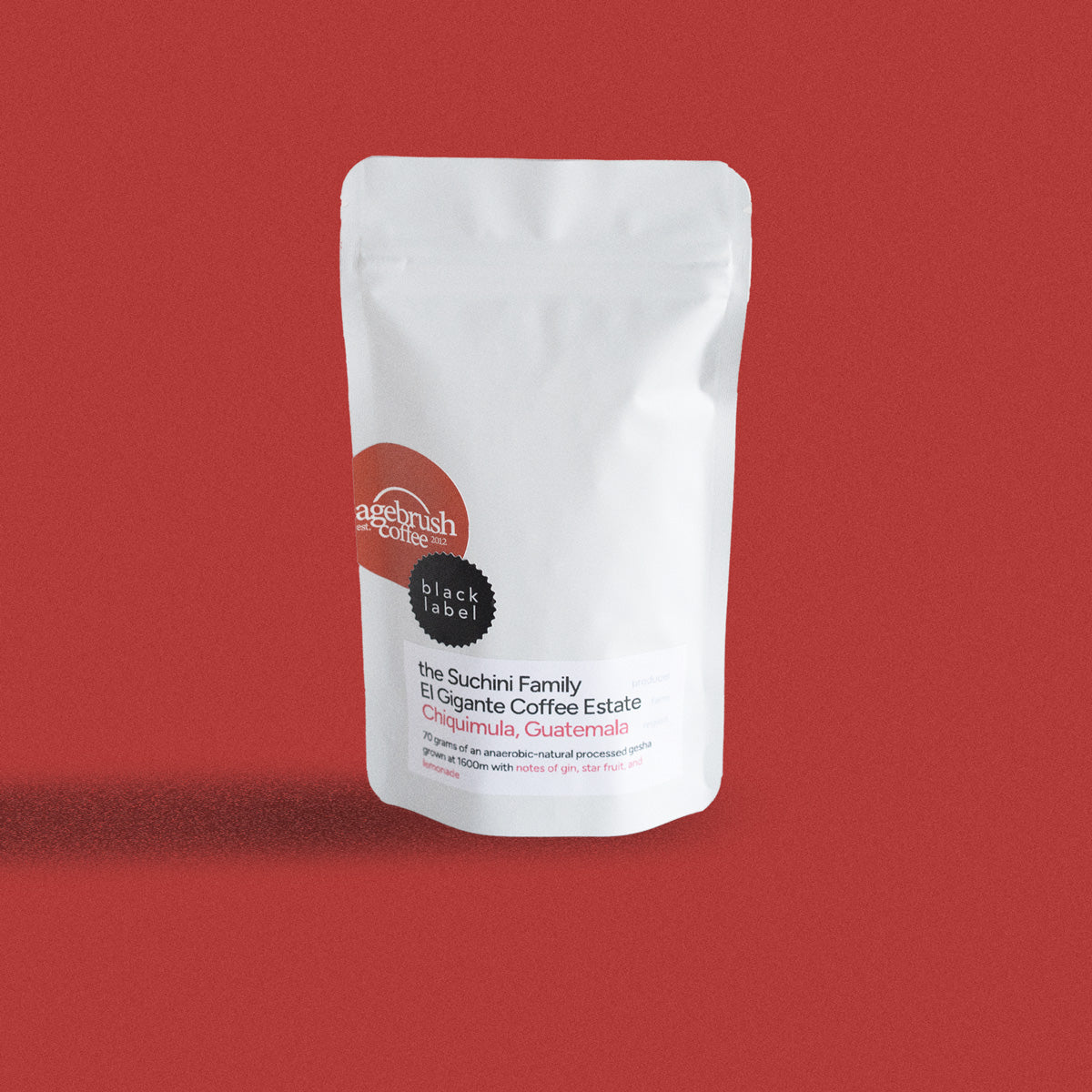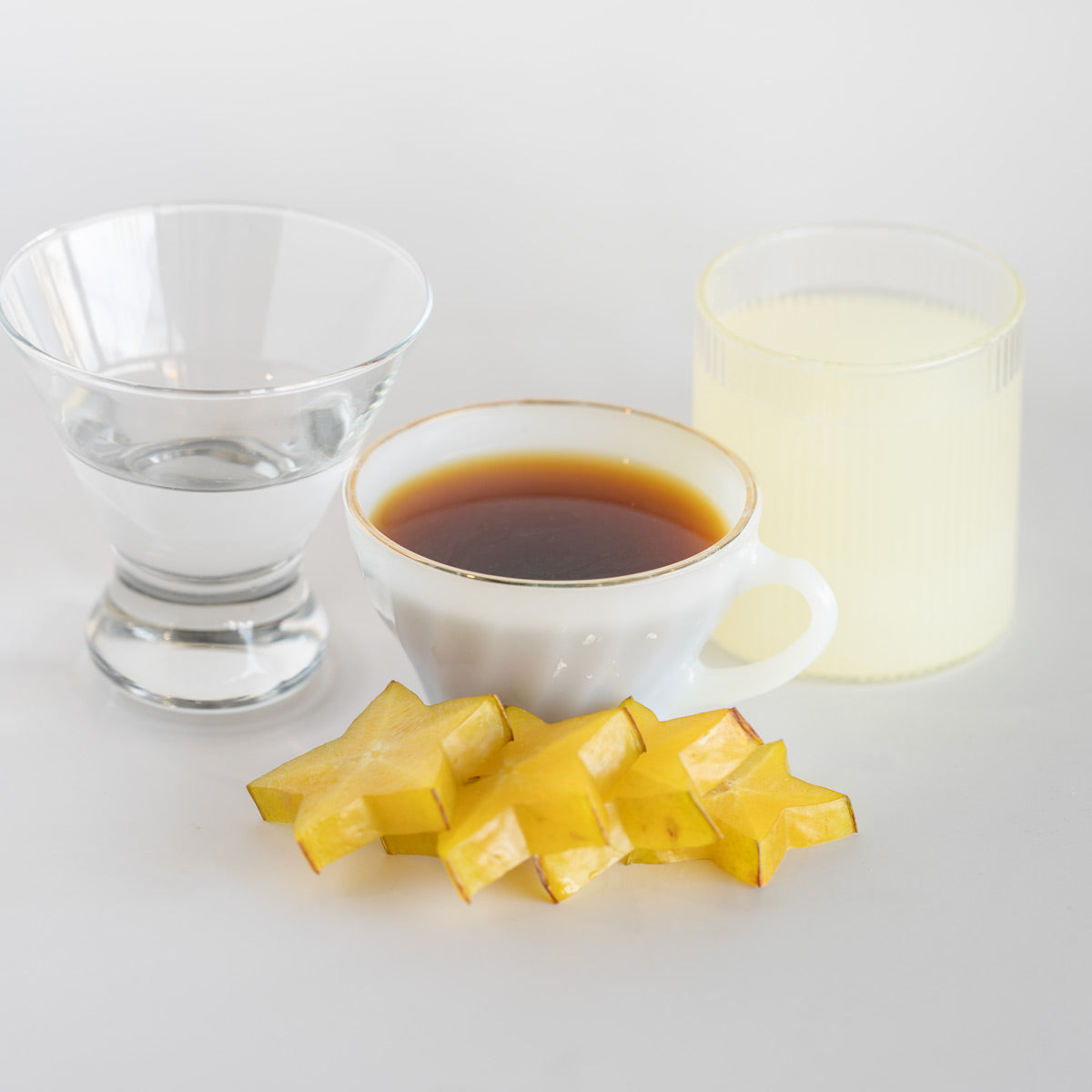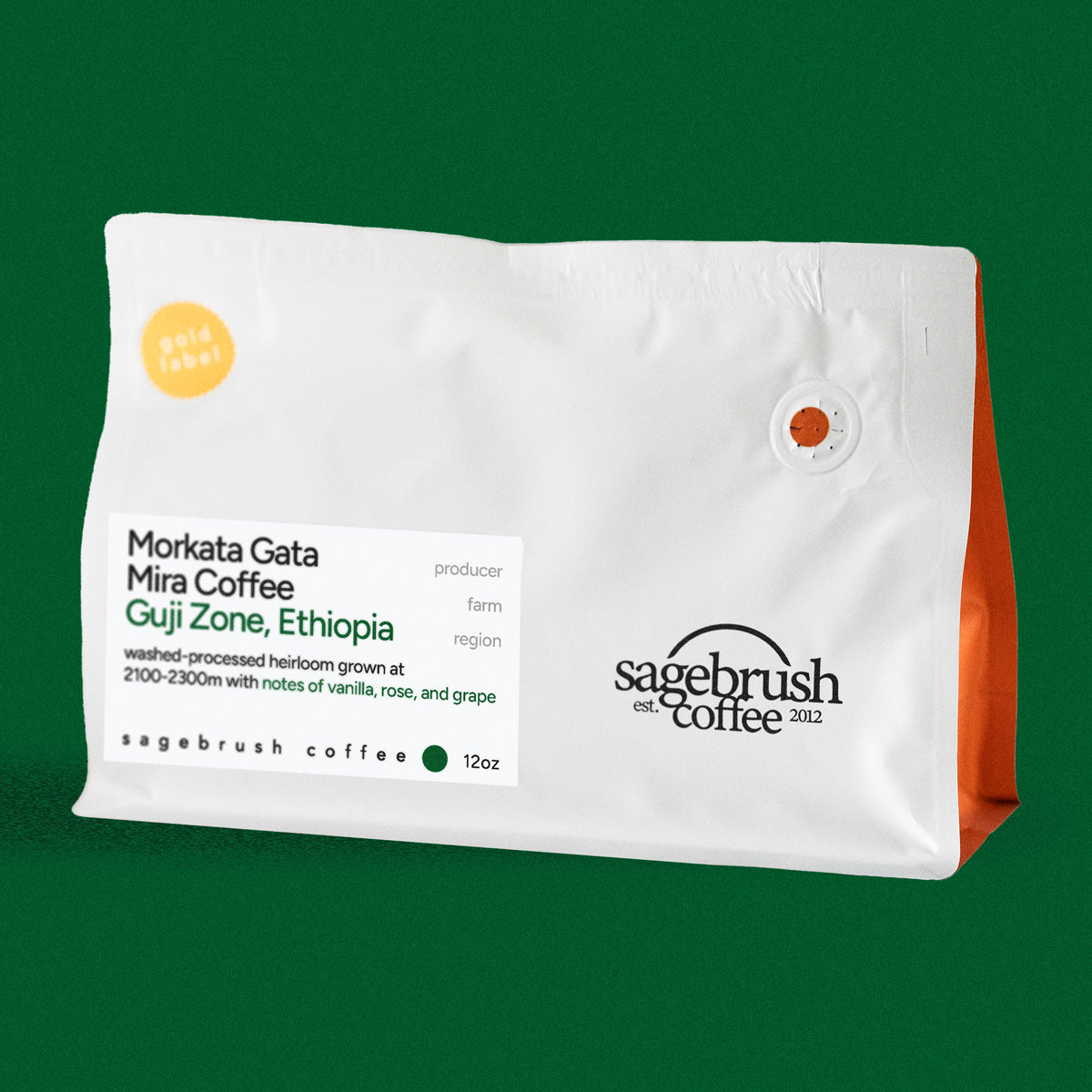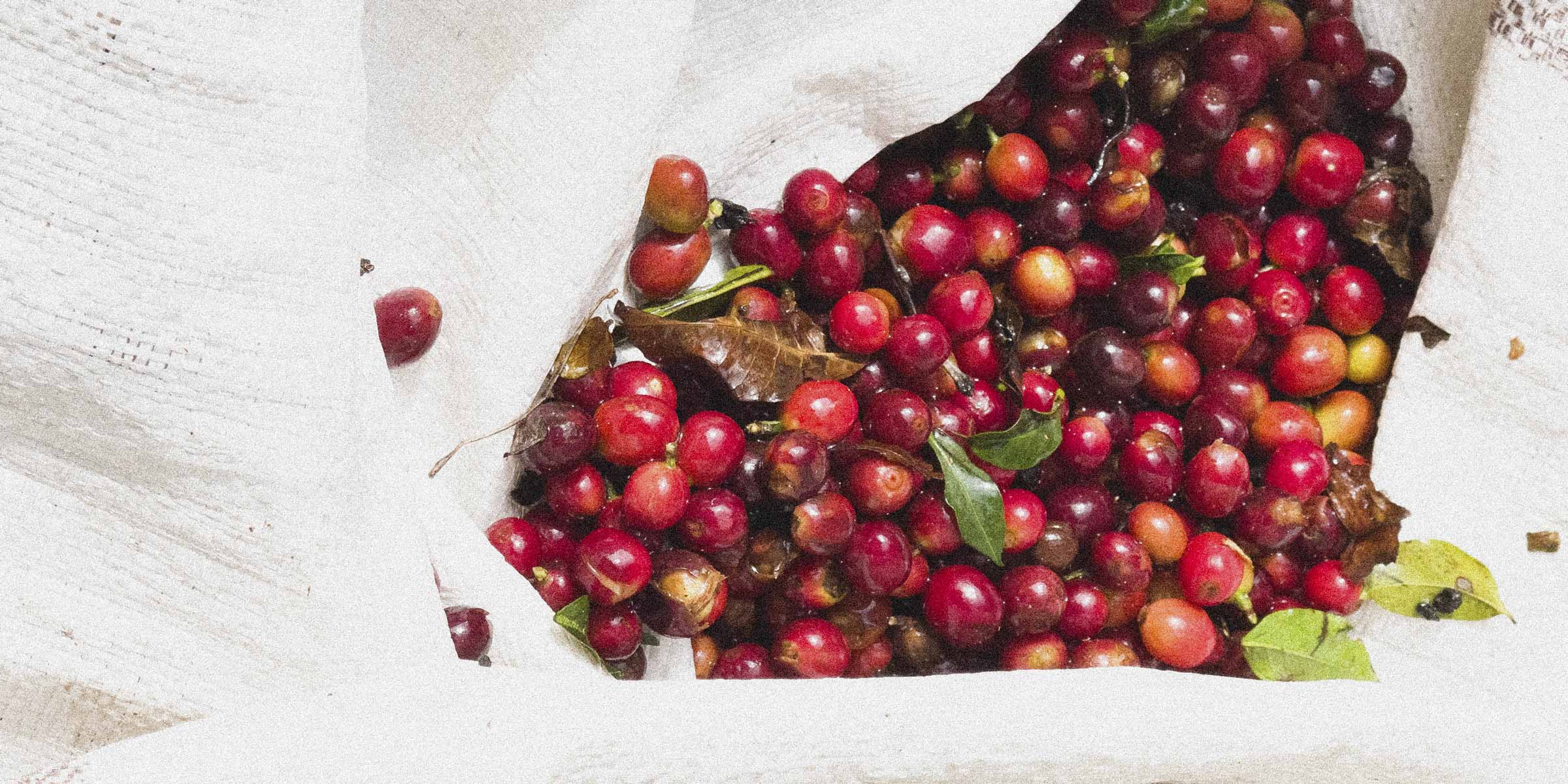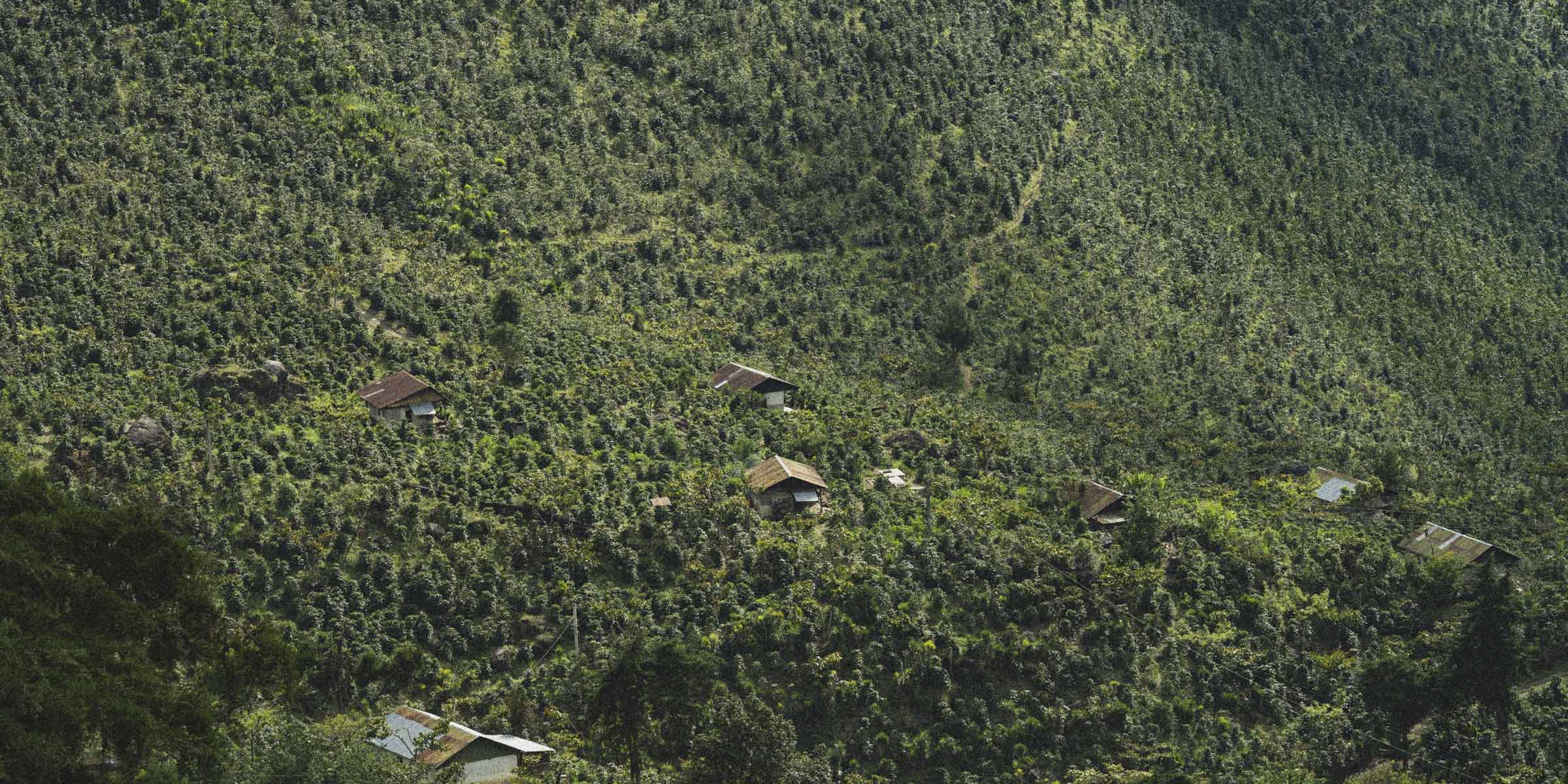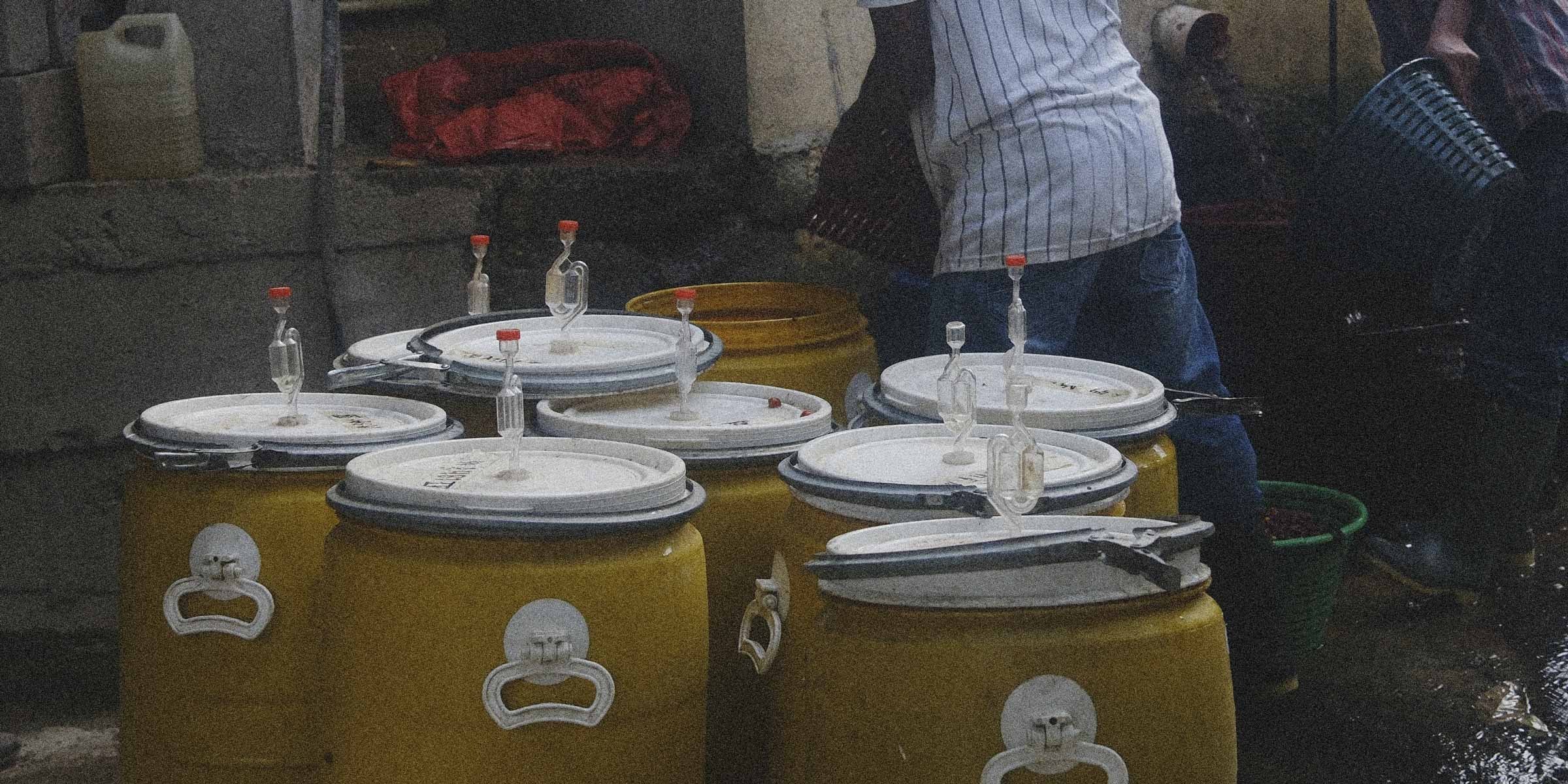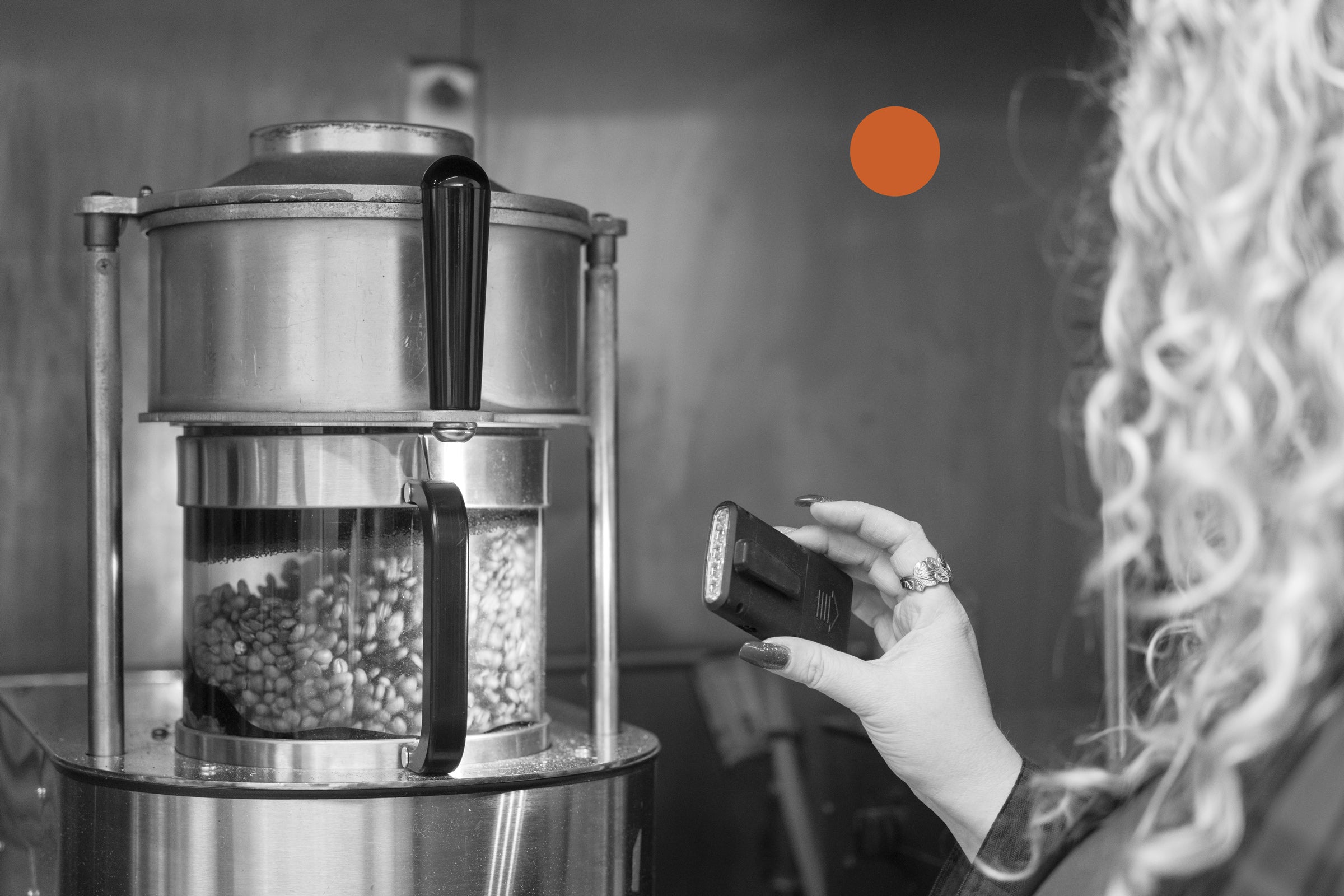
It doesn’t matter who you are, these days everything that makes us different is magnified. I don’t want to talk about all of those things, because I prefer to think about the things that make people come together. It doesn’t matter where you come from, in most countries of the world there is a cultural element to coffee and how it’s enjoyed. If you haven’t read our series on the history of the coffee house, take a few minutes to read it. Walk through the history of how coffee houses came to be. Whether it was for religious, political, or social reasons, people found themselves congregating around coffee. There aren't a lot of things in this world that manage to avert change, but the significance of social gatherings around coffee has remained intact throughout centuries.
When I think of my own coffee enjoyment evolution, it started from a cultural place. I started drinking coffee at a very young age because that’s what Guatemalan kids do. They have a little coffee with sugar and a sweet cracker. It’s tradition. As I got older, I enjoyed the regular trendy drinks that became popular in the 90s and if I think back, it was usually with friends. Then, I became friends with people who roasted at home. This was so intriguing because I didn’t know it was even possible. I got a roaster and started to roast at home too. This changed the way I enjoyed coffee and, for the first time, it wasn’t just a social thing. It was now a hobby that I loved and would do so I could enjoy coffee itself. I say this because maybe I should have written this blog back then in the 90s when I was more into all of those trends. Regardless, coffee trends around the world are interesting to look at.
In this article, I intend on taking you on a world tour of how coffee is enjoyed in different places. During my research, I realized how many other ingredients are often added to coffee drinks in different places. I personally wonder why anyone would put anything in their coffee when it’s delicious black, but everyone has their preferences. If I ever travel to any of these places, I’ll give it a try as the locals drink it, but I will also have to bring my own black coffee from home because I might not survive otherwise. Let’s start with two countries that are known for being two of the first places to enjoy coffee, Ethiopia and Turkey. Please keep in mind I didn’t travel to all of these places myself, so it’s not from personal experience, this is just what I found while researching.
Ethiopia
Ethiopia has a very special tradition, the Ethiopia Coffee Ceremony. This ceremony centers around hospitality and honor. The matron is often the one who roasts beans over an open pan, finely grinds the beans, and then cooks them in a traditional kettle. The host serves the coffee in handleless cups for all the company to enjoy and it’s a great honor to be invited to participate in an Ethiopian Coffee Ceremony. If you want to know more about it, we have an entire blog dedicated to sharing the history and process of the Ethiopia Coffee Ceremony. Of course, I think it’s amazing that this tradition has lasted so long, I just sometimes wonder what those beans taste like when they’re ground right after they’re roasted. But who am I to question coffee tradition?
Turkey
Historically speaking, Turkish coffee in its most formal setting is part of a betrothal tradition. A bridegroom's parents would visit a young girl's family to ask for the bride-to-be's hand and her parents' blessing. During this meeting, the bride-to-be prepares and serves Turkish coffee to guests. For the bridegroom's coffee, she may add salt instead of sugar to gauge his character. If the bridegroom drinks his coffee without any sign of displeasure, the bride-to-be assumes that the groom is of excellent and patient temperament.
To make Turkish Coffee, combine finely ground coffee and water, and bring them close to a boil in a pot called an ibrik or a cezve. To reach the desired froth, you may heat it twice. Then, serve some of the coffee distributed into individual cups. Return the remaining amount to the fire, and distribute it into cups while the froth is still present. Serve the coffee in small porcelain cups called kahve fincan, which are smaller than a standard coffee cup and are similar in size to the cups used for espresso shots. We also have a blog with more details on Turkish coffee. To read, click here.
South India
This trend was really new to me, and it’s called Indian Filter Coffee. It’s a mixture of coffee and boiled milk. In India, people brew coffee concentrate and then mix it with boiled milk. The milk and coffee are poured into a small tumbler and then poured back and forth from the tumbler to the bowl. This process is repeated multiple times to cool the coffee down. When the coffee concentrate is being prepared spices can be added. A popular spice is ground chicory. You can also add sugar when the coffee and milk are combined.
United Arab Emirates
Here’s another tradition that adds spices to coffee. In the UAE, and other Arab countries, Qahwa coffee is coarsely ground and prepared with boiling water in a traditional pot called a Dallah. Once the water starts to boil in the pot, you add the coffee and let it cook for about 10 minutes. It’s pretty straightforward. Saffron and cardamom are the most common spices added to Qahwa coffee and it’s often served with dried or fresh dates.
Vietnam
This one threw me for a loop, egg in coffee? In 1946, there was a milk shortage and eggs were used as a replacement in Vietnam. Coffee is brewed and, on the side, some sweetened condensed milk and egg yolk is whipped vigorously until it reaches a thick consistency. Once the coffee is done brewing, it's poured into a cup and then the foam is carefully poured over the coffee resulting in a beautiful layer floating above the coffee.
Greece
The Greek Espresso Freddo was supposedly invented by accident, although I'm not sure how exactly that happened. The main ingredients are espresso, milk, sugar or stevia, and ice. Espresso is whisked with the desired amount of sweetener, poured over ice, and topped with aphrogala, a Greek milk-based foam. If you like whipped cream, you can add it for more sweetness, making it like a dessert. Some people also use instant coffee to make this drink at home, which could be a great option for a dessert coffee treat on a hot day if instant coffee is something you’re into.
Italy
We now come to the birthplace of espresso, which I’m assuming is familiar to most people. The only drawback of espresso is that you need a special machine that uses steam-powered pressure to produce a shot. Still, for the most part, it’s widely available. It’s a coffee classic used in lattes and cappuccinos. You can also drink it straight or add water to make an Americano. Espresso, when done right, is one of my personal favorite ways to drink coffee.
Sweden
I love cheese. I love all kinds of cheeses. But cheese with coffee? I’m not too sure about it. If anyone from Sweden is reading this, let us know what you think of the cheese and coffee combination. In Sweden, they dip cheese in coffee and let it soak. It’s called Kaffeost or coffee cheese. I’m not entirely sure if this is a method designed for serving cheese, coffee, or both. Again, I need someone from Sweden to help me out with this one.
Spain
In Spain, they enjoy Café Bombon which literally translates to 'candy coffee'. This is generally enjoyed as a dessert, and you might get a sugar shock if you drink this every day. I think you have to drink it out of a glass cup because seeing the layers is the most fun part. To make this drink, pour sweetened condensed milk to the halfway point of your glass and then pour a concentrated black coffee or espresso over the top. You'll get a beautifully layered cup of sweet dessert coffee.
Cuba
Café Cubano is very popular among Cubans. It’s pretty simple, you'll take sugar and a few drops of espresso and whip it until it reaches a pasty consistency. This mixture is called espumita. Then, add the espumita to the rest of your espresso shot and stir until you get a nice crema at the top. If you like sweet black coffee, this is a good option.
New Zealand
The Flat White was accidentally made in New Zealand in 1989 by a barista named Fraser McInnes. McInnes was trying to make a cappuccino with skim milk but failed at getting the milk to foam properly. He jokingly called the failed drink a ‘flat white’ and to his surprise, the drink caught on and has become an espresso favorite worldwide.
Now you have traveled around the world getting to know how different cultures enjoy coffee. Whether you like your coffee black, with egg, with cheese, or like candy, there’s something for everyone. And if you like your coffee black, Sagebrush is the place for you. I suppose you could put other things in your Sagebrush Coffee, but I think it's best as is. If you’ve never tried black coffee, we suggest trying African coffee and enjoying its fruit-forward, delicious brightness. If you prefer more of a chocolate-like flavor, we suggest South or Central American coffee.
Written by Karla Walker
